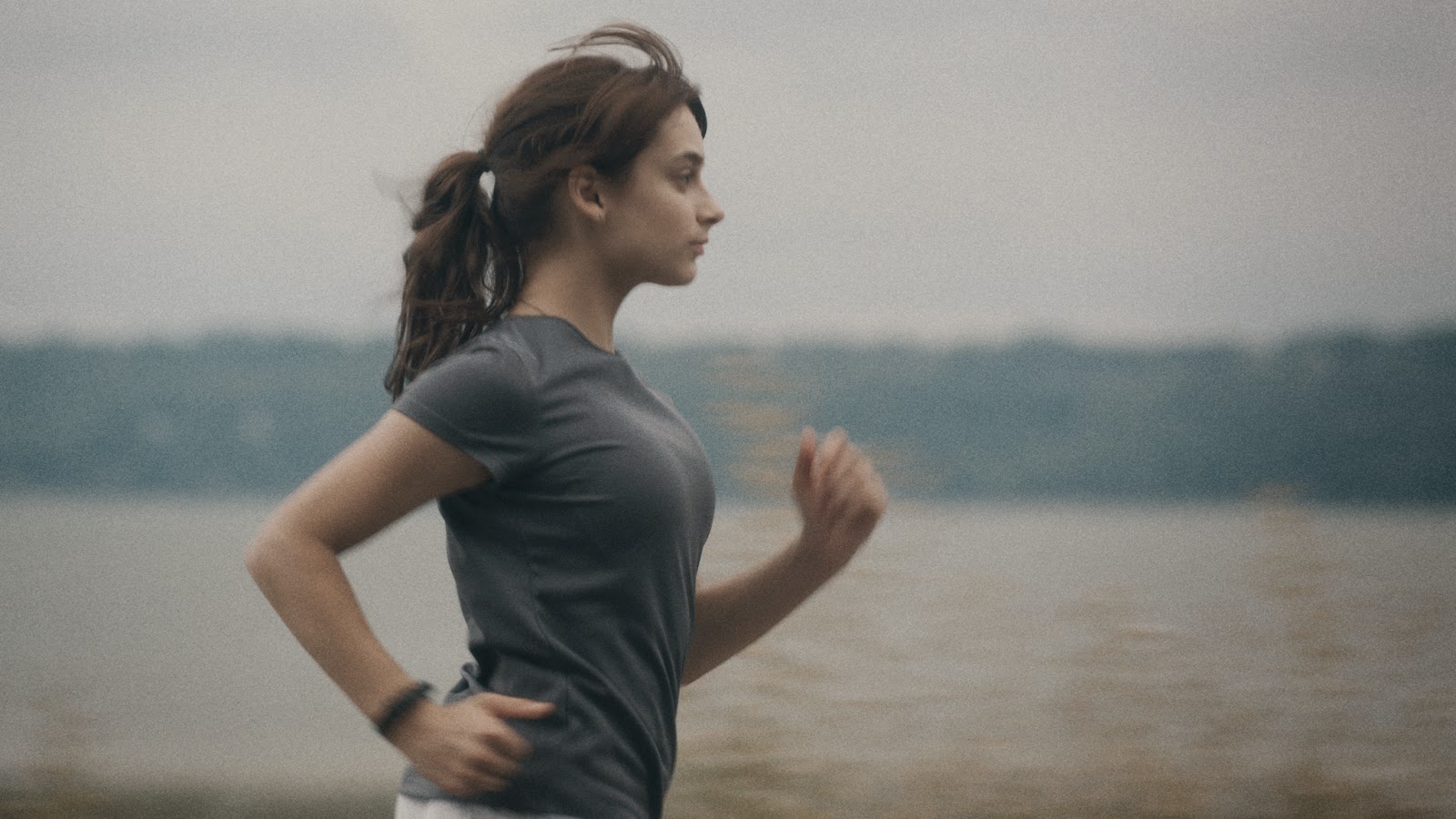 |
| A scene from Buddy: The Buddy Holly Story. |
Friends of the silver age
By Ed Rampell
Buddy: The Buddy Holly Story is a highly entertaining musical about the meteoric rise and (uh, literally) fall of the eponymous rock ‘n’ roll icon. Todd Meredith certainly does a bravura job of not only acting, but singing and guitar playing as the Texan with the horn rimmed glasses who rose to the top of the charts with hits such as “That’ll Be the Day” and “Peggy Sue.” Anybody who loves 1950s rock music will enjoy The Laguna Playhouse's crowd pleasing dramatization of the life and career of Buddy Holly. The production cleverly curries favor through audience participation (at one point cutesy props are handed out to everyone in the seats). P&G Designs’ sets, with Howdy Doody and Lone Ranger pop culture motifs, help evoke a wistful, gone-are-the-days ’50s ambiance.
London-born playwright Alan Janes’ 1989 musical is long on Holly’s music and other classic rock tunes but short on the drama. Act one depicts the struggles of the Lubbock lad and the Crickets (Logan Farine plays drummer Jerry Allison and Bill Morey steals many scenes as the upstaging, acrobatic bass player Joe B. Mauldin) as they go up against Texas’ prevailing Country Western grain by pursuing a rockers’ vibe in their music. Why is never fully explained, but before you can say “Oh Boy!” their rockabilly sensibility and driving rhythms propel Buddy Holly and the Crickets onto the hit parade. Soon they outgrow their Lone Star milieu and Norman Petty’s (Nathan Yates Douglass, who, in a dual role, also plays Dion of the Belmonts’ fame) New Mexico recording studio, and they are New York bound.
The band’s foray to the Big Apple sheds light on what might explain Holly’s departure from the musical country conventions that dominated Lubbock. For some reason the good ol’ boys from Texas get it into their noggins to perform at the Apollo Theater, and their appearance at the renowned Harlem standard bearer of African-American culture is nothing short of a cross-cultural experience. Not only for the musicians but for the black theatergoers (whom, the mostly Caucasian Laguna Playhouse ticket buyers stood -- or rather -- sat in for), as well. (Look for James S. Patton during this scene -- he stands out as a hilarious Apollo emcee and later as a piano player.) At another point in the play someone remarks that the band is playing “colored music” and Holly's matter-of-fact response is in the “and your point is?” mode.
Although Holly's songs are full of yearnings for love he has no romantic interests in the first act. However, in Act II Holly meets and falls in love with a Manhattan music industry receptionist and immediately proposes to -- and weds -- Maria Elena (Jenny Stodd, who performs double duty in the cast as a trio of songsters dubbed the Snowbirds). Even though his over protective mother (whom is never seen but is referred to periodically throughout the show) apparently opposes the union for ethnic reasons, Holly marries a Hispanic woman at a time when interracial marriage was not only rare, but frowned down upon in America -- not to mention in the state where the Alamo is located.
The point is that Meredith/Janes’ Holly comes across as one of those rare individuals who doesn’t have a racist bone in his body. He embraces black music and audiences and falls head over heels for a Latina, whom he marries.
In the second act Buddy and the Crickets have differences of opinion that seem to come from out of nowhere. Janes never develops this conflict -- never mind, the onstage rockers have yet another hit to belt out. The second half of Act II is essentially a rock concert disguised as a reenactment of Holly’s final live performance with Ritchie Valens (an ebullient, kinetic, athletic Emilio Ramos who lights up the stage) and the J.P "The Big Bopper" Richardson (a delightfully daffy, droll Mike Brennan) at the Surf Ballroom in Clear Lake, Iowa.
Clashing with capitalist Petty who is refusing to pay Holly (and apparently living up to his name), with Maria Elena expecting, Holly has been forced out onto the road during winter weather in order to sing for his supper. Talk about class struggle! Knowing what’s about to befall the characters may cast a pall over the play for some viewers, but aficionados of vintage rock by Holly and other pop idols of the era will enjoy the half hour or so (including encores) of live music, as the two-acter devolves into, more or less, a gig.
During the grand finale set at Clear Lake Holly plays post-Cricket songs, including "It Doesn't Matter Anymore" and "Raining In My Heart," which show the path his music was moving on, with deeper, more complex orchestration. If not for the cruel intercession of the fates, who knows where Holly’s richer, fuller sound would have gone? Janes finesses the day the music died so as not to ruin the good vibes. What befell the pregnant Maria Elena is never mentioned. Given recent aviation tragedies, depending on its treatment, the ending could have been a major downer that not even the jovial Brennan’s Big Bopper could have pulled the aud out of. Instead, in this play with a large cast deftly directed by Steve Steiner, fans are left with proverbial “Words of Love” and a nostalgic, upbeat rock ‘n’ roll concert.
Let’s call it the day the music lived.
Buddy: The Buddy Holly Story runs through August 10 at the Laguna Playhouse, 606 Laguna Canyon Road, Laguna Beach, CA 92651. For more info: 949-497-ARTS; www.LagunaPlayhouse.com.
L.A.-based reviewer Ed Rampell co-authored “The Hawaii Movie and Television Book.” (See: http://hawaiimtvbook.weebly.com/.)







